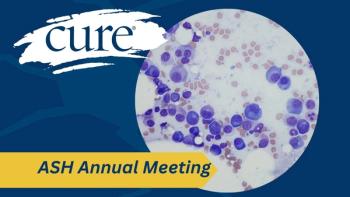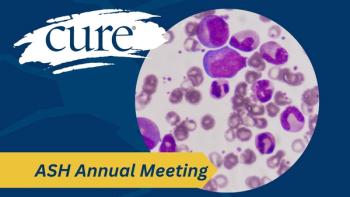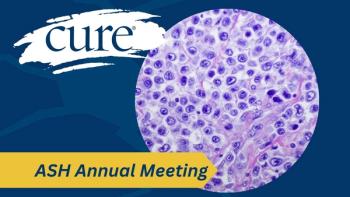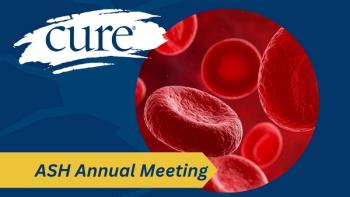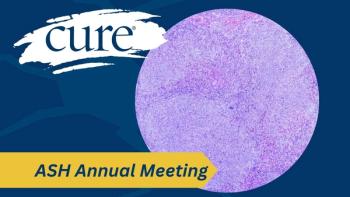
Find a Breast Lump? Don't Assume It's Cancer
Mita Patel urges patients not to rush to the conclusion that a lump in the breast means cancer. However, it should definitely be checked out by a doctor.
If you discover a lump in your breast, it is very important that you see a physician immediately. But remember, eight out of 10 breast lumps are benign, or not cancerous.
Yes, breast cancer is still one of the most common cancers in American women, along with skin cancer. About one in eight American women will get it. But the number of women who actually die of breast cancer has been dropping since 1990 — especially in women under 50. That’s one piece of good news.
“With mammography and other screenings, breast cancer is being detected in the early stages,” says Mita Patel, M.D., breast services specialist at Cleveland Clinic Cancer Center at Fairview Hospital. “Plus, women know more today. They know what to watch for so they can get treated at an early stage, when a complete cure is possible.”
Symptoms to watch for include:
• A lump or thickening in the breast or underarm
• Changes in the size or shape of the breast
• Changes in the skin of the breast
• Discharge from the nipple, or a nipple turned inward
“Still, it’s amazing how often women ignore breast cancer symptoms,” says Patel.
That’s why it’s important to have regular breast cancer screenings, so your doctor can detect breast cancer, even if you don’t notice any symptoms. Screenings include:
• Clinical breast exams. Usually your primary care physician or gynecologist carefully examines your breast and underarm areas, checking for anything that looks or feels unusual.
• Mammograms. These are X-rays that can show even the tiniest breast lumps or other abnormalities before you can feel them. All women should have a mammogram every year starting at age 40. Doctors also may recommend mammograms for women under 40 who have high risk factors. Women at high risk for breast cancer include those who have a family history of breast cancer, used hormone replacement treatment after menopause or had radiation to the chest for any reason. “Since most tumors are small, mammography is a more productive way of finding them than just doing a physical breast exam,” says Patel.
Lumps don’t always mean cancer
If your doctor finds a lump, or if you find one on your own, don’t jump to conclusions, advises Patel. “Depending on mammogram results and a clinical exam, your doctor may order additional testing and possibly a biopsy to determine if a lump is cancer or not.”
“Many times it’s not cancer,” she says. And that’s another piece of good news. Women may have benign lumps in their breasts, such as cysts, that can be confirmed with further tests.
“But even if it is breast cancer, in most cases the outlook is good with a combination of surgery, radiation and chemotherapy,” says Patel.
“Early detection is the key.”
If you are over 40 or have a family history of breast cancer, ask your primary care physician or gynecologist about breast cancer screening. If you have been diagnosed with breast cancer, see an oncologist to learn about your treatment options. For a physician referral, call 1.866.733.6363.

